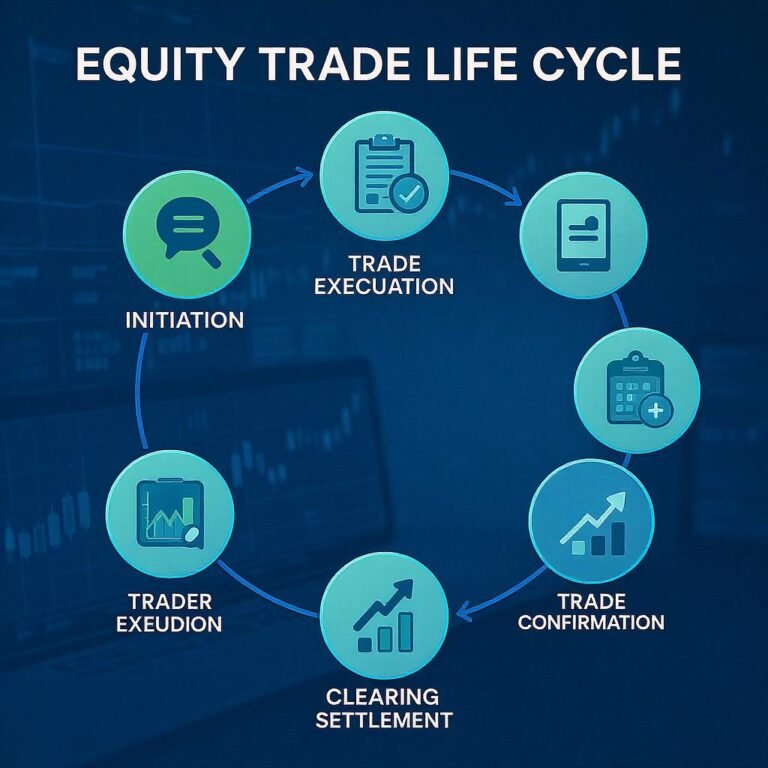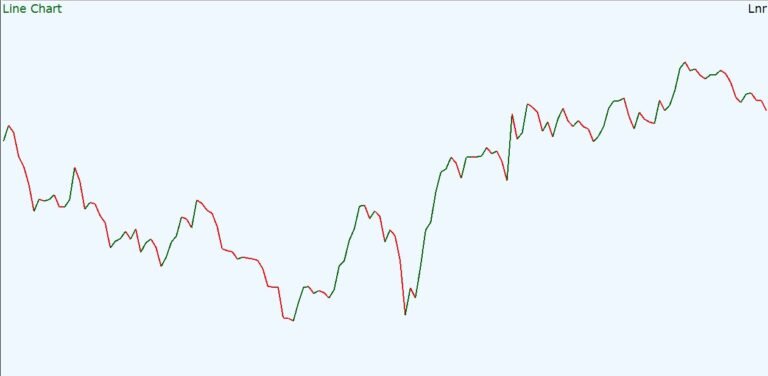If you’ve recently stepped into the world of investing, you’ve probably heard terms like dematerialization, rematerialization, or demat account. These concepts are crucial to understanding how shares are bought, sold, and stored in India’s digital stock market.
If you’ve ever wondered what happens behind the scenes when you buy or hold shares in the stock market, you’re in the right place. Two important processes every investor should understand are Dematerialization and Rematerialization.
🧾 What is Dematerialization (Demat)?
Imagine you bought shares of a company in the 1990s. Back then, you’d receive physical share certificates—pieces of paper proving your ownership. These papers could get lost, damaged, forged, or stolen.
To solve these problems, the Indian government introduced Dematerialization—a process of converting those physical share certificates into electronic form. Now, instead of storing paper shares in a drawer, you store them in your demat account, just like how you store money in your bank account.
🔍 Key Benefits of Dematerialization:
- No risk of theft, loss, or fraud
- Faster settlement (T+1 or T+2 days)
- Easier to buy/sell shares online
- No stamp duty on transfer
- Access to corporate actions like bonus issues, dividends, and rights offers automatically.
🛠️ How Does Dematerialization Work?
- You open a Demat Account with a Depository Participant (DP) (e.g.,Angel One, Zerodha, Groww, ICICI Direct).
- Fill out and submit a Dematerialization Request Form (DRF) along with your physical share certificates.
- Your DP sends these to the relevant Depository—either NSDL or CDSL.
- Once verified, your physical shares are destroyed, and equivalent shares are credited to your demat account.
📦 What is Rematerialization (Remat)?
Rematerialization is the reverse process—where your electronic shares are converted back into physical certificates.
🧠 Why Would Anyone Do That?
Good question! While 99% of investors prefer demat for convenience, some might want physical certificates:
- Personal preference or sentiment
- No longer want to trade online
- Want to close their demat account
- For certain legal, compliance, or legacy purposes
🛠️ How Does Rematerialization Work?
- You fill and submit a Rematerialization Request Form (RRF) to your DP.
- The DP forwards this to the depository (NSDL or CDSL).
- The Registrar and Transfer Agent (RTA) of the company issues a new physical share certificate.
- You receive it by post within 30 days or so.
🔁 Dematerialization vs. Rematerialization
Here’s a quick comparison to make things crystal clear:
| Feature | Dematerialization | Rematerialization |
|---|---|---|
| Converts | Physical ➝ Electronic | Electronic ➝ Physical |
| Form Required | DRF (Demat Request Form) | RRF (Remat Request Form) |
| Time Taken | ~7–21 working days | ~30+ working days |
| Used By | Almost all modern investors | Rarely used |
| Storage | Demat account with DP | Physical share certificate |
| Risk | Very low (secure in depository) | Higher (paper-based risks like damage/loss) |
📌 Who Are Depositories and DPs?
To understand demat/remat better, it helps to know who does what:
- Depositories: NSDL and CDSL—these are the central vaults of electronic securities.
- Depository Participants (DPs): Banks, brokers, or fintech platforms (like Zerodha or HDFC Sec) that act as intermediaries between you and the depository.
💬 Summary
The shift from paper to digital in the stock market has completely changed how we invest. Dematerialization is now essential for trading and holding shares, while Rematerialization is more of a fallback option if you want to go old-school (but why would you, really? 😉).
If you’re just starting out, your focus should be on:
- Opening a demat and trading account
- Understanding how shares move in and out of your demat account
- Keeping your KYC, mobile, and email updated with your DP



